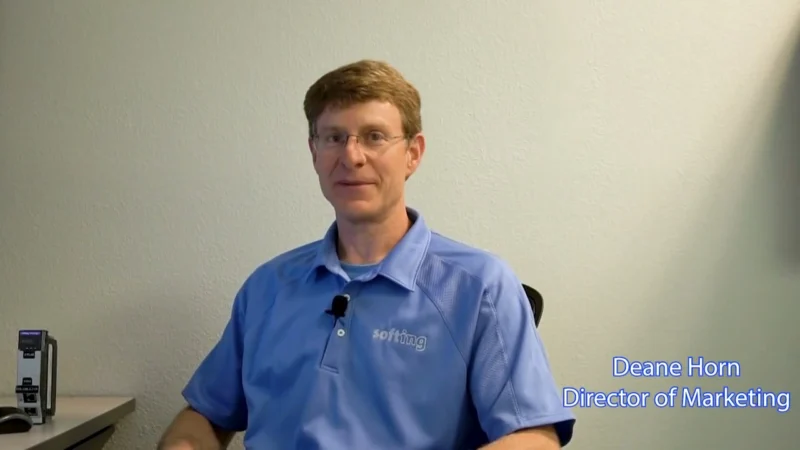Winter is Coming: 9 Battle-Tested Strategies to Shield Your Commercial Property from Skyrocketing Insurance Costs

The numbers are brutal. Insurance deductibles that used to be a manageable $2,000 flat fee have morphed into percentage-based nightmares tied to property values. What was once a minor business expense can now hit six figures with a single burst pipe or ice dam incident. Meanwhile, insurance premiums have surged 20.4% on average, leaving property managers caught in a financial vise grip.
But here’s the thing: while you can’t control insurance costs, you absolutely can control your exposure to them. The smartest property managers aren’t just preparing for winter—they’re weaponizing prevention to turn rising deductibles into competitive advantages.
These nine strategies, battle-tested by industry veterans, will show you exactly how to do it.
Strategy #1: The Three-Tier Defense System That Saves Thousands
Caleb Cloud, Owner of Cloud Roofing, has cracked the code on winter risk management with a systematic approach that tackles the problem at three critical levels.
“A $25,000 wind-and-freeze deductible used to be rare; now it’s common, so a single burst pipe or ice-dam claim can wipe out a quarter of a yearly maintenance budget,” Cloud explains. His response? A military-precision three-tier strategy.
Tier 1: Roof and Envelope Hardening Cloud’s team runs infrared scans each fall to identify wet insulation under low-slope roofs. “Any saturated areas are cut out and patched before temperatures drop, preventing freeze-thaw blisters that lead to leaks,” he notes. They also upgrade older buildings with self-regulating heat tape at internal roof drains and exposed parapet scuppers.
Tier 2: Plumbing and HVAC Safeguards For critical water lines near exterior walls, they install wireless temperature probes that alert building management systems when cavity temperatures drop below 40°F. “Staff receive an automatic text and can raise setpoints remotely,” Cloud explains.
Tier 3: Contractual Partnerships and Response Plans “We maintain pre-loss agreements with a disaster-recovery firm. Their crews are on call 24/7 and already have keys, roof access maps, and shut-off locations,” Cloud reveals. “Because the relationship is in place, they waive emergency mobilization surcharges, often saving more than the deductible itself.”
The results speak for themselves: “Thermal drones for roof scans, inexpensive cellular temp sensors, and cloud-based maintenance logs are the three tech upgrades that have paid for themselves.”
Strategy #2: The Budget Reallocation Revolution
Adam Hutcheson, Director at Westport Property Ltd, discovered something counterintuitive: spending more upfront actually saves money in the long run.
“With insurance premiums climbing, reports show a 20.4% average increase and deductibles often tied to a property’s insured value, I’ve had to budget for higher out-of-pocket costs,” Hutcheson explains. “This means prioritizing preventative measures to avoid claims altogether.”
His approach is refreshingly practical: “I now allocate more funds upfront for maintenance, like insulating pipes and upgrading HVAC systems, to minimize the risk of costly damages like burst pipes, which can run into thousands in repairs.”
The proof is in the numbers: “I’ve also adopted a cloud-based maintenance tracking tool to monitor risks and control expenses, which has improved our efficiency and saved about 10% on winter-related costs last year.”
Hutcheson’s communication strategy is equally smart: “My team stays alert through weekly email updates and a group chat for real-time weather alerts.”
Strategy #3: The Insurance Documentation That Pays Dividends
Kyle Shirley, Business Owner at Sol Vista Roofing, knows a secret that most property managers miss: documentation isn’t just about compliance—it’s about negotiating power.
“Most insurance policies include fine-print requiring regular roof inspections, which a maintenance plan would solve,” Shirley explains. “Being able to show your insurance company records (including photos) of your regular roof inspections helps enormously when a claim arises, or if there are questions about the building’s risk profile at policy renewal time.”
His recommendation is simple but powerful: “Most reputable commercial roofing companies can help with quoting a price and schedule for proactive maintenance.” The key benefit? “Most maintenance plans will include cleaning roof drains to prevent ice damming in the winter, which not only helps for insurance, but also helps keep the risk of roof leaks down!”
Strategy #4: The Partnership Advantage That Cuts Response Time
Rami Sneineh, Vice President / Licensed Insurance Producer at Insurance Navy, has mastered the art of strategic partnerships to minimize winter damage exposure.
“We team up with disaster recovery companies which are able to provide quick and smooth operations in the event that something goes wrong,” Sneineh explains. “This partnership will make sure that we are able to respond to any damage rapidly and lessen the financial effect of increased deductibles.”
The communication component is equally crucial: “A good communication strategy is very important in our winter preparedness strategy. Our communication with clients and teams is timely and clear to ensure that we are ahead of the possible risks.”
Sneineh’s team provides “frequent winter weather reports and notifications on the need to check heating systems, roofs and plumbing.” They also use monitoring tools to “ensure that any forms of risks have been mitigated way before.”
Strategy #5: The Smart Prevention Protocol
KC Chen, Risk Mitigation Advisor at NY Home Owner Insurance, has developed a comprehensive prevention system that addresses every vulnerability point.
“Rising deductibles have fundamentally changed the way we approach winter preparedness. There’s a much greater focus on prevention and early detection now, since out-of-pocket costs for damages are so much higher,” Chen explains.
His proactive steps include:
- Thorough winterization inspections for all critical plumbing and roofing before temperatures drop
- Smart sensors for water leaks and low temperatures in vulnerable areas
- Proper insulation for all exterior and exposed pipes
- Tested backup generators ready for heating system failures
- Routine rooftop checks after heavy snowfall or ice storms
Chen’s communication strategy is multi-layered: “Send regular winter weather briefings and reminders via group chat and email. Use emergency alert systems for critical events like rapid temperature drops.”
The technology investment pays off: “IoT devices for remote monitoring of temperature and moisture. Digital maintenance logbooks to track inspections and repairs.”
Strategy #6: The Dollar-Smart Defense Plan
Marcus Denning, Principal & Senior Lawyer at MK Law, brings a lawyer’s precision to winter risk management with specific cost-benefit analysis.
“A 2000-dollar standard deductible has triggered a shift in resources to be used in preventative maintenance and not reactive repair,” Denning explains. “Customers are now spending 300 dollars per month between the months of November and March to conduct regular check ups of the insulation and the roof.”
His specific interventions are surgical in their precision:
- Special heat cable on 45 meters of vulnerable pipe runs eliminates freezing even at -10°C
- Insulation wrap costing $80 per 10 meters secures main supply lines in unheated crawl spaces
- Thermostatic valves at $120 each maintain minimal water flow when temperatures drop below zero
The partnership strategy delivers measurable savings: “Corporate clients have entered into contracts with local recovery agencies to get bulk prices. An emergency-thaw and repair predetermined package is negotiated and the flat rates are 500 dollars per incident rather than the 650 dollars charge. This collaboration has provided saving averagely of 23 percent in claims more than 3000 dollars.”
Technology amplifies the results: “A wireless network of 12 water detectors which cost 30 dollars each per month has resulted in an instant alert on moisture. The predictive analytics software which costs 600 dollars a year examines the temperature pattern and warns 48 hours in advance of the risk levels being met. This mix reduced freeze cases by 31 percent during two winters.”
Strategy #7: The Checklist That Eliminates Surprises
Kevin Clancy, President at American Funding Group, keeps it simple with a systematic approach that anyone can implement.
“Rising deductibles have definitely changed the way I look at winter risk on properties—the margin for error is much slimmer now,” Clancy notes. “I put a lot of focus on preventative strategies, like having local property contacts do scheduled winter walk-throughs and using photos to confirm heaters, insulation, and roof drains are ready to go.”
His secret weapon? “Creating a step-by-step winter checklist (and reviewing it together with everyone involved, from contractors to note payers) cuts down on surprises and sets clear expectations for fast response if an issue does pop up.”
Strategy #8: The Strategic Planning Framework
Mohammed Kamal, Business Development Manager at Olavivo, emphasizes the importance of systematic approach to winter preparedness.
“Analyzing winter risks and rising costs in commercial properties necessitates a strategic approach, particularly due to increased deductibles,” Kamal explains. “Businesses must update their winter preparedness plans to comply with insurance and reduce financial risks.”
His framework focuses on “comprehensive readiness plans, risk assessments, and improved insulation techniques to ensure efficient management during colder months.”
Strategy #9: The Adjuster’s Inside View on Avoiding Financial Catastrophe
Jordan Blake, Director of Communications & Operations at Shoreline Public Adjusters, provides the inside perspective that every property manager needs to hear.
“In recent years, we have seen more and more property owners caught off guard with rising deductibles, in particular, percentage-based wind and freeze deductibles tied to property value,” Blake reveals. “What previously was a manageable flat amount has turned into a six-figure hit in many commercial policies.”
The mindset shift is crucial: “Winter prep is no longer just about avoiding damage, but about avoiding financial catastrophe. Customers who used to have a reactive posture are now investing up front in prevention, because just one burst pipe could translate to $100,000 out of pocket.”
Blake’s advice is gold: “Our advice to property managers is to put themselves in the mindset of an adjuster before there is a loss. That entails pre-winter walkways through a building, infrared scans looking for insulation gaps that can become vulnerable, the draining or insulating of exposed lines, and ensuring that all roof drains are free before the first snowfall.”
The partnership component is non-negotiable: “We have relationships with disaster restoration companies with emergency standby contracts and post-loss preference service, which are crucial in a regional freeze event that will send demand through the roof. These relationships typically involve fixed-rate services and deductible deferral plans, which mitigate cash flow shocks following a loss.”
The Winter Wake-Up Call: Your Action Plan Starts Now
The writing is on the wall—and it’s written in ice. Insurance deductibles aren’t going back to the “good old days” of manageable flat fees. The new reality demands a new approach, and the property managers who adapt fastest will gain significant competitive advantages.
Here’s your immediate action plan:
This Week:
- Conduct infrared scans to identify insulation vulnerabilities
- Install wireless temperature monitoring in critical areas
- Document all preventive measures with photos and timestamps
This Month:
- Establish pre-loss agreements with disaster recovery firms
- Create detailed winter preparedness checklists
- Implement real-time communication systems for your team
This Season:
- Track all prevention costs and compare to potential deductible exposure
- Build relationships with vetted emergency response vendors
- Document everything for insurance negotiations
The question isn’t whether you can afford to implement these strategies. The question is whether you can afford not to. Because when that next winter storm hits, you’ll either be the property manager who was prepared—or the one explaining to ownership why a single burst pipe just cost them six figures.
The choice is yours. The winter is coming. What’s your plan?




